The Victoria era was characterised by dramatic technological and societal changes in what some traditional historians have described as being a ‘Golden Age’. However, it was also a period of unusual quirks, eccentricities and peculiarities as people began to push societal boundaries and accepted norms.
By the final third of the nineteenth century, association football had emerged as the most popular and prominent sporting activity in Britain. The development of the Football League and the popularity of the FA Cup displayed how the game had evolved into a mass-spectator, entertainment industry which was underpinned by a flourishing grassroots movement.
The popularity of football stimulated other associated activities which payed homage to the sport and examples included choirs and dramatical societies incorporating the game into some of their performances. However, one of the most peculiar instances was the case of John Sanger’s football-playing elephants.
‘Lord’ John Sanger’s Touring Circus
John Sanger, often referred to as ‘Lord’ or ‘his Lordship’ due to the smart way that he dressed, was one of the most prominent showmen and circus proprietors in Britain during the second half of the nineteenth century. In partnership with his two brothers, George and William, he ran a variety of shows and attractions throughout the period that toured the country and was also the joint owner of Astley’s Amphitheatre in London.
- “Lord” John Sanger
By the 1890’s Sanger had ended his professional relationship with his siblings and had established Lord John Sanger and Sons Touring Circus which was advertised as being ‘the largest and grandest show in the world’.
Sanger stated that the ‘entertainment presented … shall surpass anything previously attempted’ and would be ‘worth ten times the amount paid for admission’. The show was an impressive spectacle that consisted of clowns, gymnasts and trapeze artists, equestrian performers, silver wire artists and a ‘human gasometer’.
In 1899, the Penny Illustrated Paper described how, in addition to the human performers, the circus also included an extensive zoological section that comprised of elephants, lions, a leopardess, bears, tigers, camels and a variety of exotic birds. The elephants were initially trained to engage in military drill whilst there was also an equestrian monkey to entertain spectators.
John Sanger’s circus became increasingly popular during the final decade of the nineteenth century which culminated in Queen Victoria commanding the show to travel to Windsor Castle to perform for her in 1899.
- Poster for John Sanger & Sons
‘The Greatest Novelty in the World’
By the late 1890s, John Sanger had developed a new attraction to include in his show – elephants that could play football. It was described as being ‘the greatest novelty in the world’ and the contemporary press suggested that it ‘undoubtedly proved a great factor in drawing such … large attendance[s]’.
The spectacle consisted of two individual elements. First, there was a preliminary football match that was contested by a team of elephants who were opposed by six clowns. Two goals were set up at either end of the arena with a ball, which ‘was about six times the size of an ordinary football’, being used by the competitors.
The Eastbourne Gazette described how the ‘elephants kicked with their feet’ and ‘appeared to put considerable force behind the ball’ whilst the clowns, in an amusing manner, attempted to compete against them. The crescendo of the match occurred when a shot at goal by one elephant resulted in the ball and the clown goalkeeper being ‘despatched through the goal posts together’, much to the merriment of the crowd.
- Elephants were always a great attraction
The second aspect was an ‘elephant vs man’ football contest in which a member of the audience was invited to participate in a shooting competition against ‘Sanger’s centre forward elephant’. Both the elephant and challenger would take a set number of shots at the other (either three, four or five attempts) with the winner being the one that scored the most goals.
The challenger was often predetermined with Sanger encouraging prominent football players from clubs in the near vicinity of the circus to attend and participate in the contest. In 1899, when the show arrived in Leicester, Sanger persuaded four professionals from the Leicester Fosse (Leicester City) club to compete against his star elephant with ‘a very massive goblet’ being offered for any victors.
Three of the four Fosse players lost to the elephant and it was only when William Keech, the fourth member of the team, stepped up and used a crafty kicking technique that the elephant was defeated. Keech would feint to kick the ball towards one corner, tricking the elephant to raise its foot in anticipation, before placing his shot in the opposite side.
The Eastbourne Gazette provided a detailed account of the shooting contest when Sanger’s circus was based in the town. A Mr. Bob Collins was selected to participate and despite the elephant being ‘bulky enough to fill up nearly all the goal’ he was able to convert one of his three attempts on goal. In response, the elephant ‘sent in a stinging shot’ which was saved by the challenger who ‘stood firm … otherwise he might have been knocked through the goal’.
Collins succeeded in winning the contest after the elephant failed to convert either of its other two attempts and, without staying for the remainder of the show, he ‘left for home with a proud smile on his face, the cup being tightly held by his son’.
- Famous Footballing Elephants
Troublesome Elephants
However, the concept of using elephants to play football was, unsurprisingly, not always a success.
In 1899, the Burnley Express reported that one of John Sanger’s employees was seriously injured during a show when the elephant he was leading into the ring unexpectedly ‘seized him with its trunk, and several times raised him in the air and banged him to the ground’. It was only when the animal was whipped with bamboo canes that it released the man, who suffered broken ribs and a pierced lung.
Later that year there was a slightly more comedic occurrence in Dartford. Five of the elephants escaped from their enclosure in the evening and were eventually found outside a baker’s shop where they had broken the front window and proceeded to eat ‘all the bread and pastry they could find’. One of the elephants, ‘Minnie’, could not be found for almost an hour, but was later found asleep near to a large market garden.
It would appear, therefore, that elephant football players could be equally as troublesome as their human counterparts!
Article © Martyn Cooke

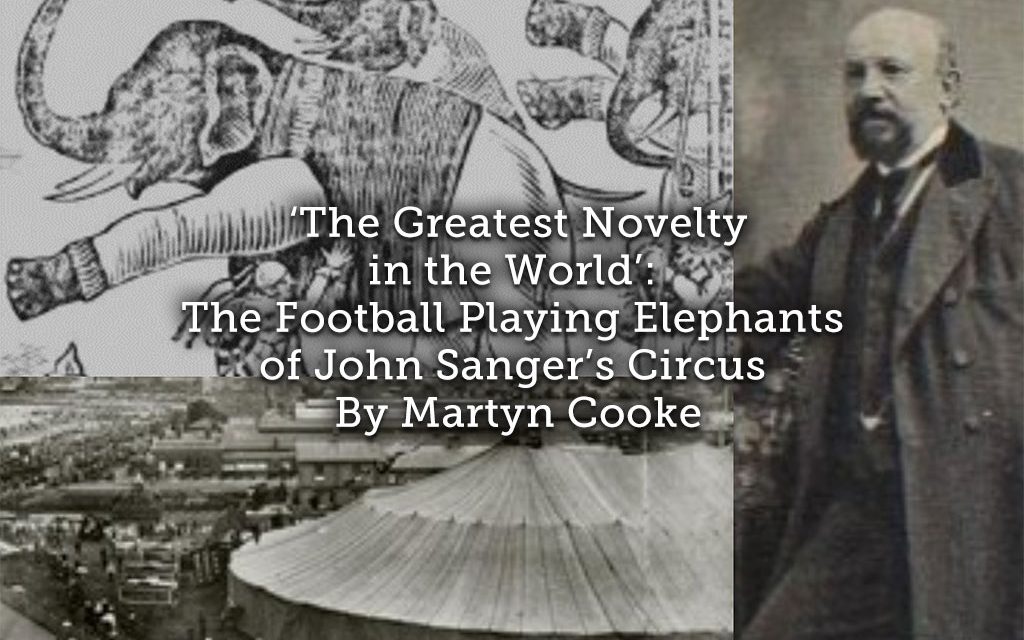
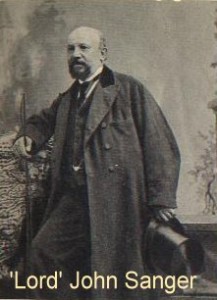
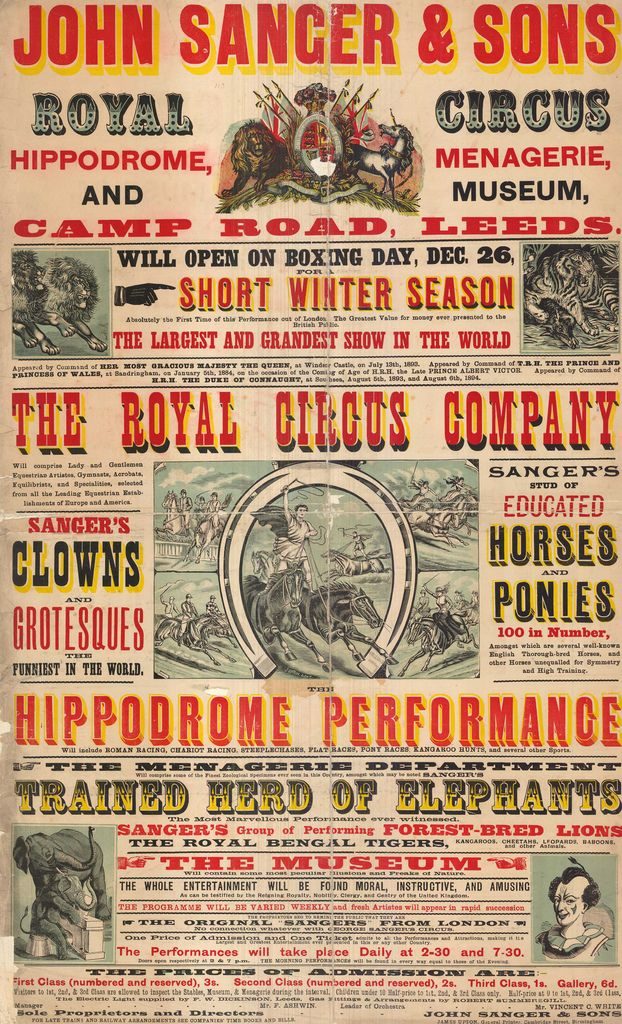
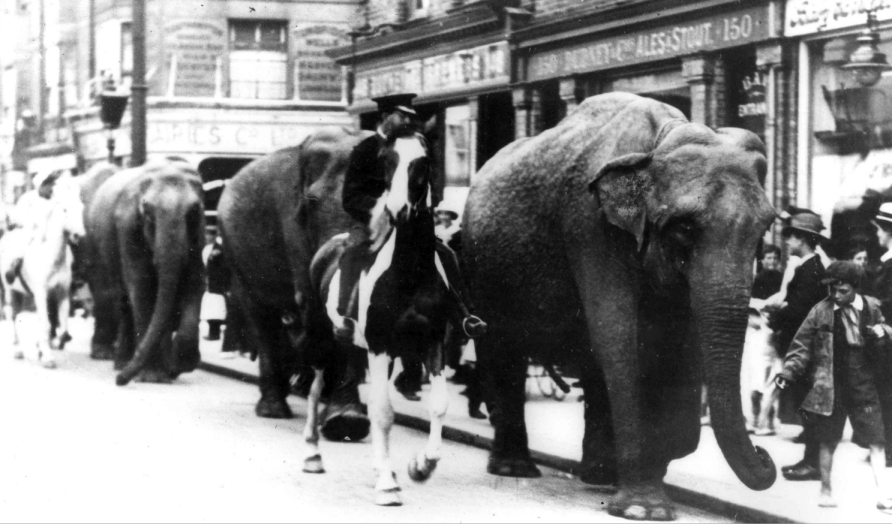
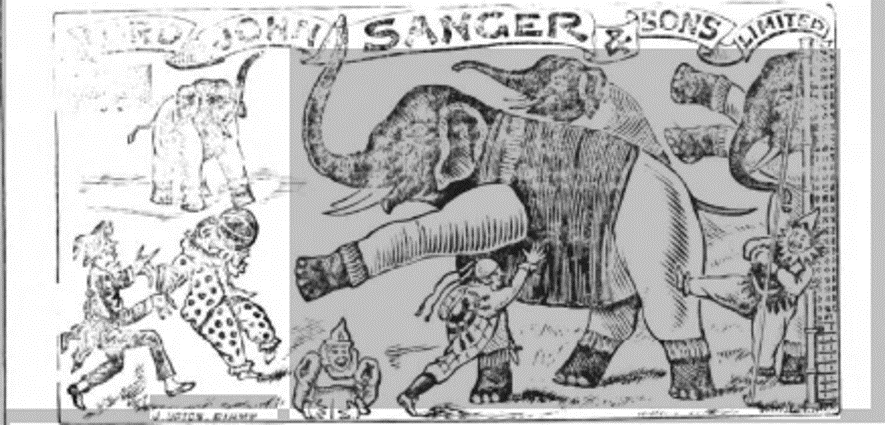
![“And then we were Boycotted”<br>New Discoveries about the Birth of Women’s Football in Italy [1933] <br> Part 10](https://www.playingpasts.co.uk/wp-content/uploads/2021/01/Boycotted-Part-10-Marco-Giani-440x264.jpg)

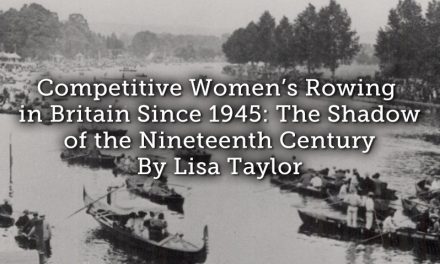
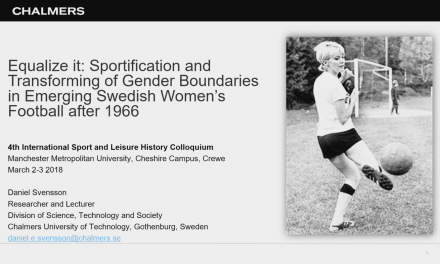
Hi Martyn. When I was looking at the Sanger poster I noticed that it claimed that the whole performance ‘would be found moral, instructive and amusing’. It sounds like a precursor of John Reith’s public service aims for the BBC to ‘educate, inform and entertain’. But ‘moral’ elephants?